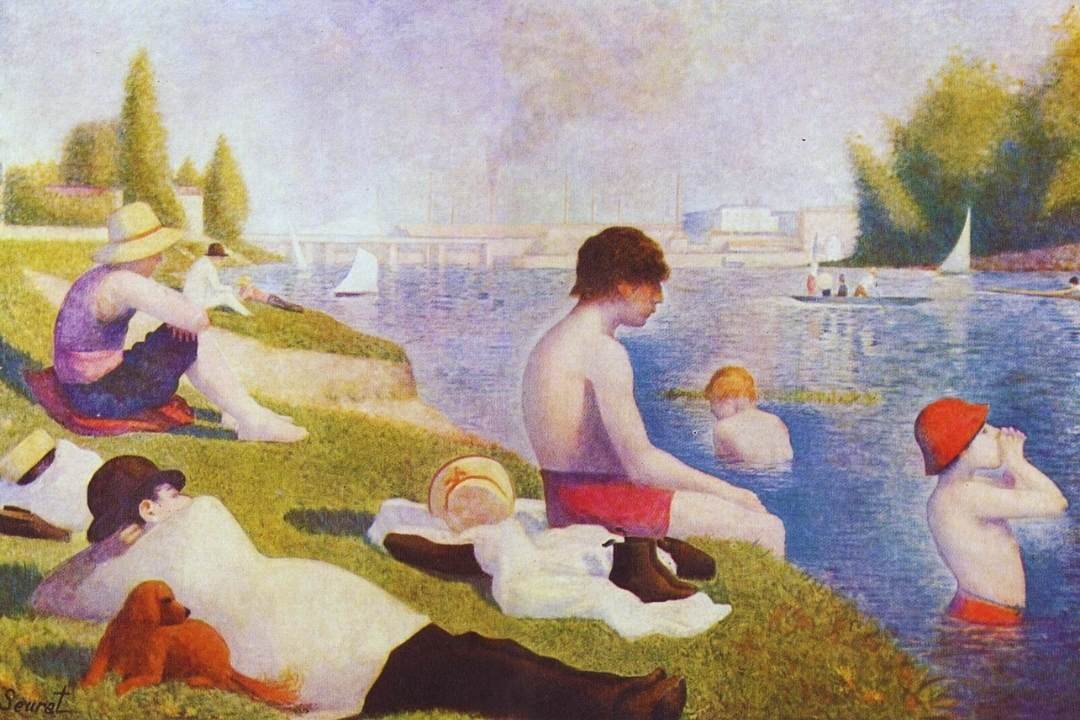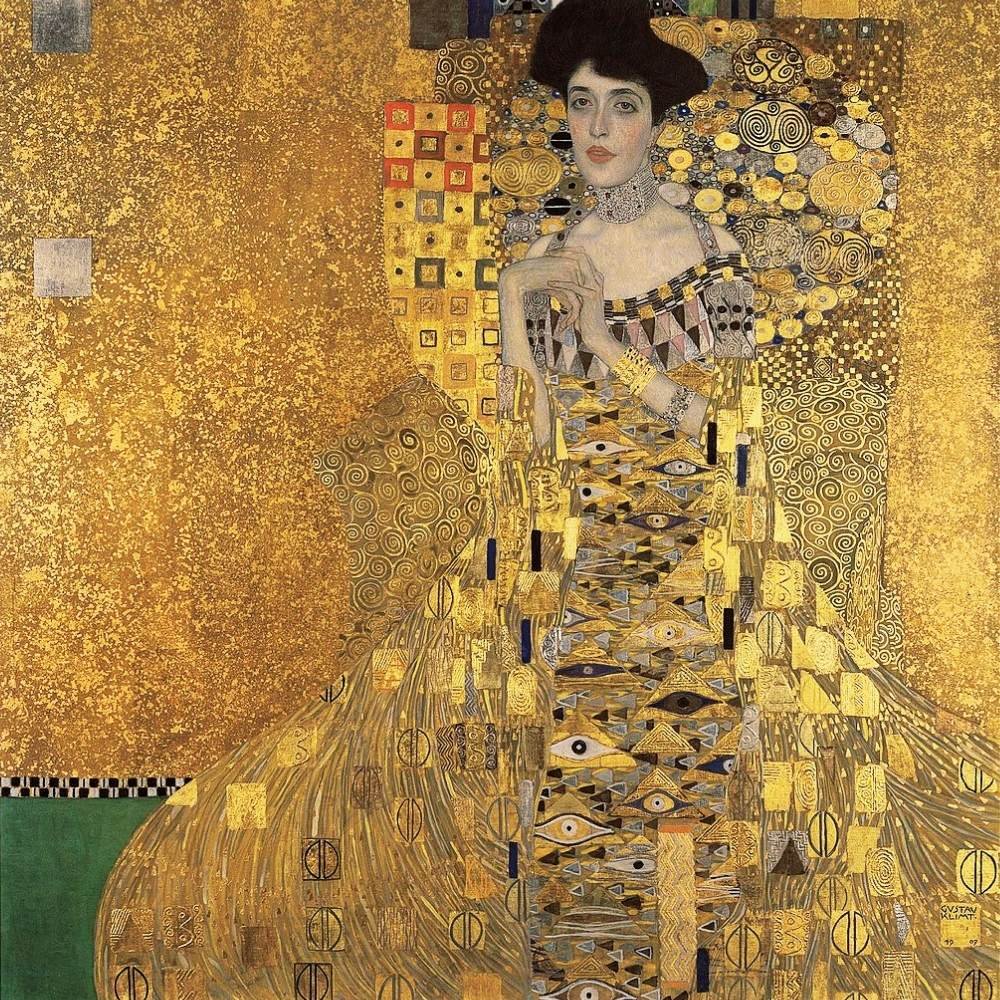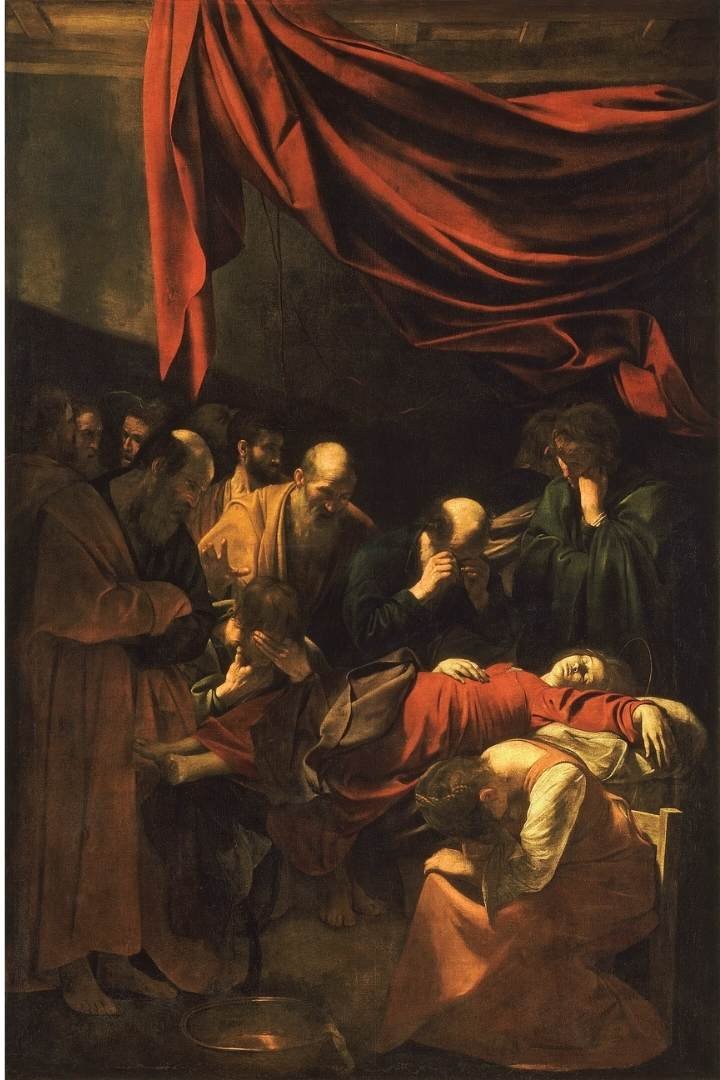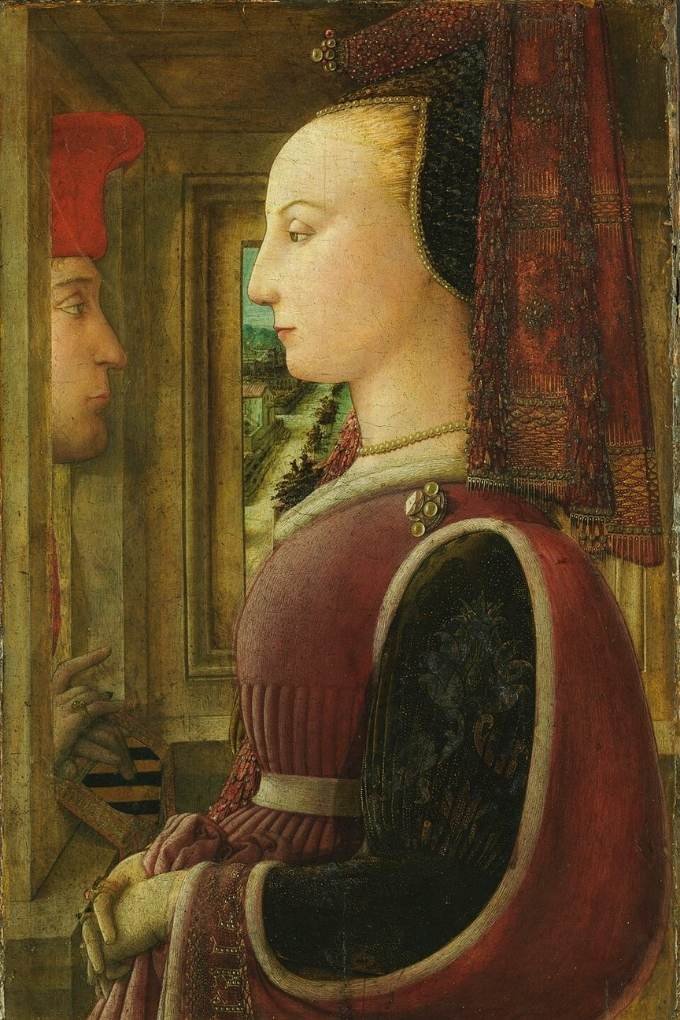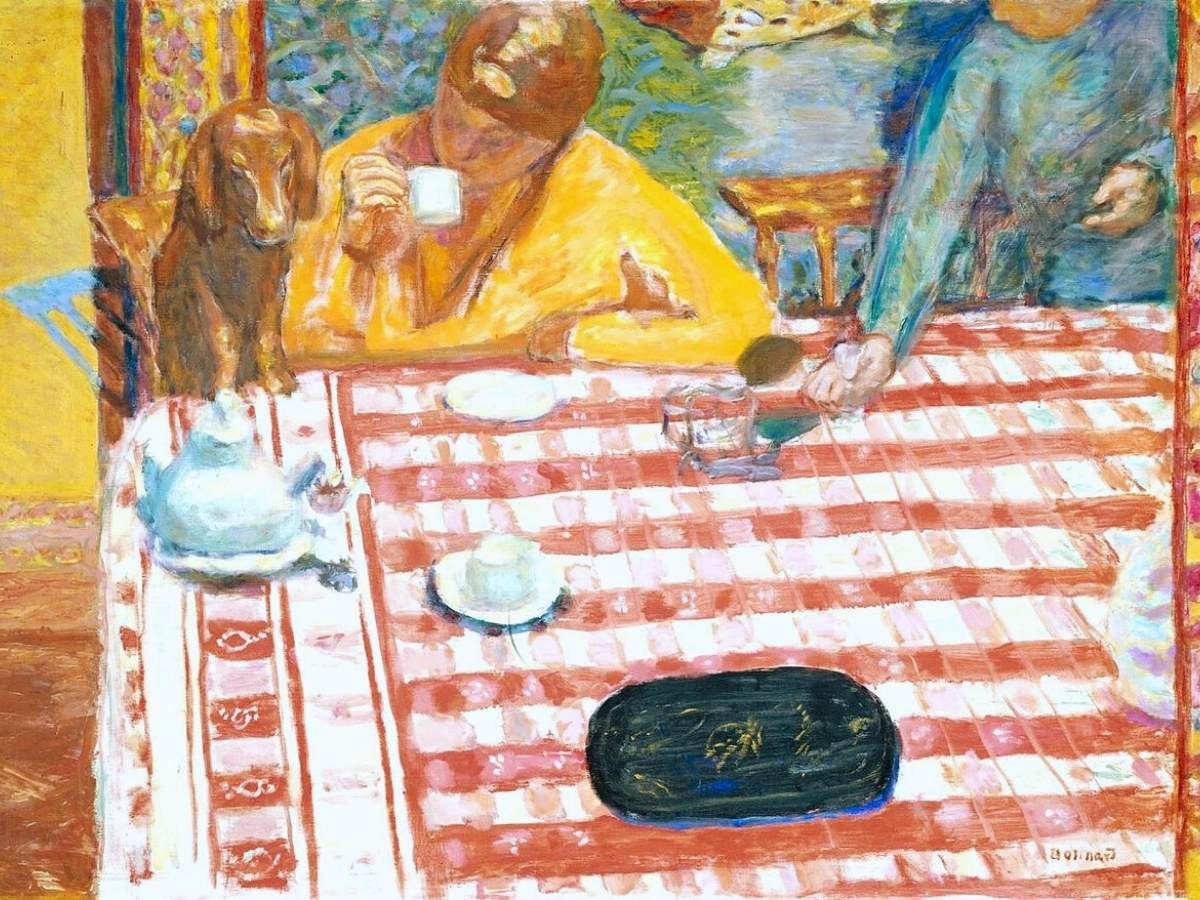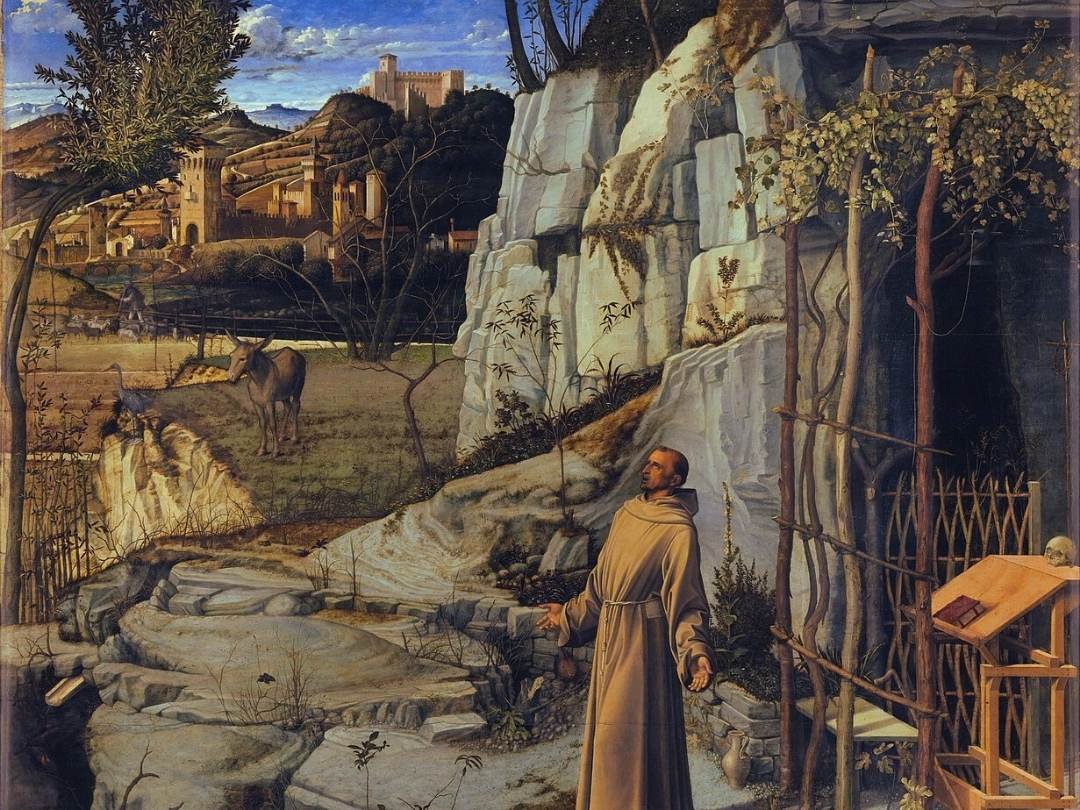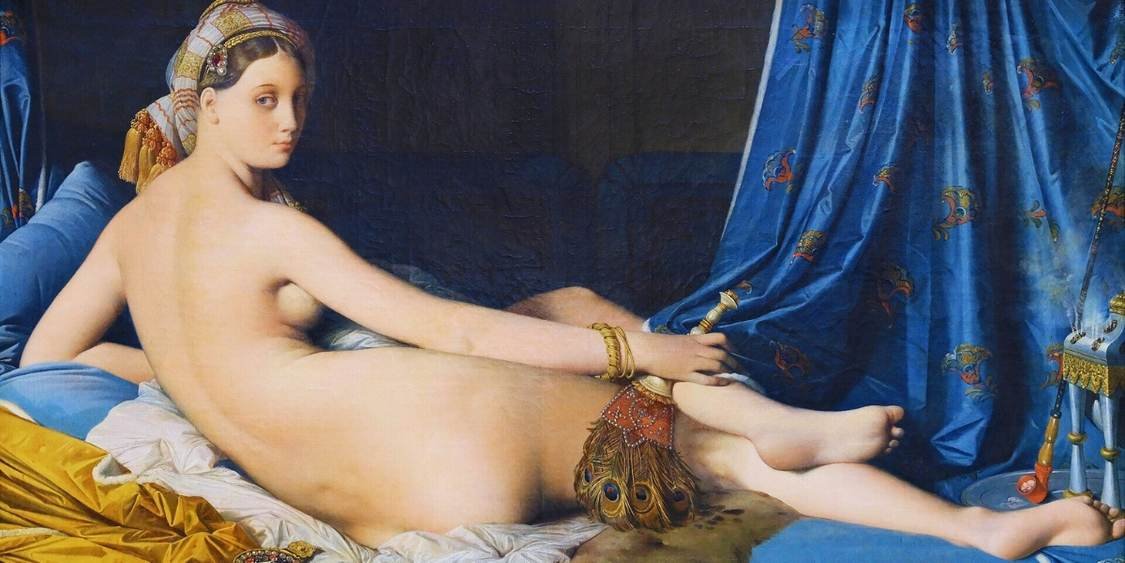Georges Seurat: Bathers at Asnières – 1884
London, National Gallery The picture captures those stultifying moments we all experience on a hot summer afternoon. There are occasional cooling flurries of wind — the flag on the ferry hangs limply but there seems to be enough breeze to fill the sails of the larger sailing craft that populate the river, and the smoke … Read more

